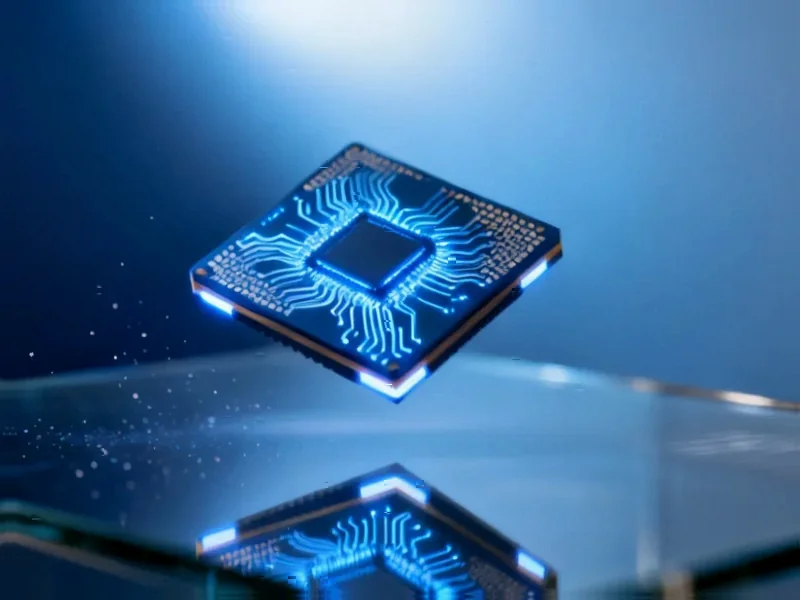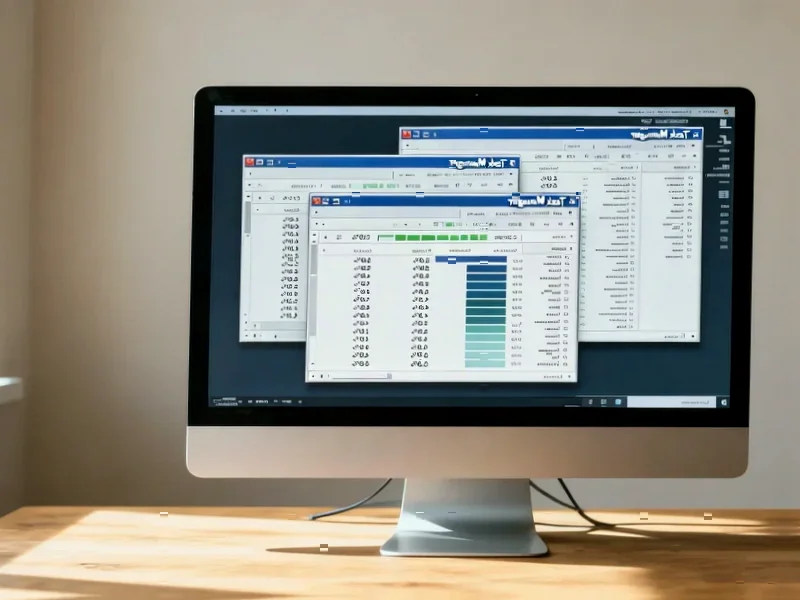According to MacRumors, Apple is planning to debut an M5 Ultra chip specifically for the Mac Studio in 2026. The company decided against creating an M4 Ultra chip entirely, which explains why the recent Mac Studio refresh only included M4 Max and M3 Ultra options. We’ll need to wait until early 2026 for the M5 Pro and M5 Max chips first, with the M5 Ultra likely arriving in June or September 2026. Apple might also use this chip in a Mac Pro update. The M5 Ultra will be created by fusing two M5 Max chips together using Apple’s UltraFusion technology, something that wasn’t possible with the M4 Max due to missing connector hardware.
Apple‘s Calculated Chip Strategy
Here’s the thing about Apple’s Ultra chips – they’re not guaranteed for every generation. The company made that pretty clear when they skipped the M4 Ultra entirely. And honestly, that makes sense from a business perspective. Developing these massive chips is incredibly expensive, and the market for ultra-high-performance desktop workstations is relatively small compared to MacBooks.
So why the two-year gap between M3 Ultra and M5 Ultra? Basically, Apple seems to be treating the Ultra tier as a “when it makes sense” product rather than an automatic refresh. The M4 generation was more about efficiency and AI improvements for laptops, where the Ultra’s raw power wasn’t as critical. But the M5 generation appears to be where Apple wants to make its next big performance leap across the entire lineup.
What This Means for Mac Studio Buyers
If you’re in the market for a high-end desktop Mac, the timing here is crucial. The current M3 Ultra Mac Studio is plenty powerful, but waiting until 2026 for the M5 Ultra could be worth it for professionals who need maximum performance. The gap between M3 and M5 architectures will likely be significant, especially with Apple’s focus on AI acceleration.
And let’s talk about that rumored display pairing. Apple developing new professional displays to launch alongside the M5 Ultra Mac Studio? That’s classic Apple – creating an ecosystem where the hardware upgrades complement each other. It’s not just about selling you a faster computer, it’s about selling you a complete workstation solution.
The real question is whether Apple will finally give the Mac Pro the chip it deserves. The current Mac Pro with M2 Ultra feels like a compromised product given its expandability limitations. An M5 Ultra in that chassis could finally deliver on the promise of a truly modular, ultra-powerful Mac. But we’ll have to wait until 2026 to see if Apple gets it right this time.




